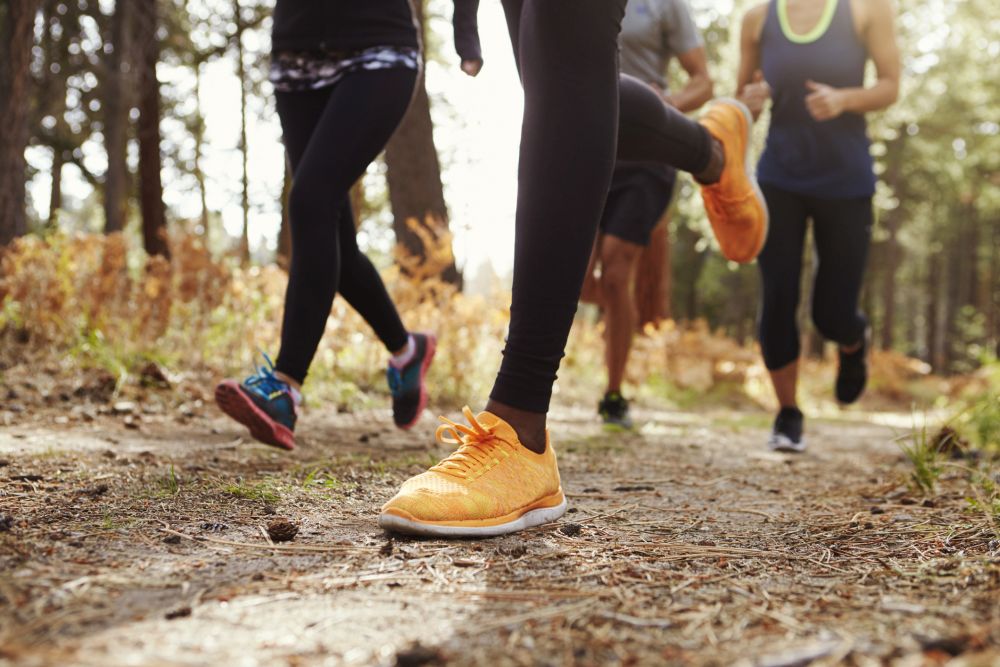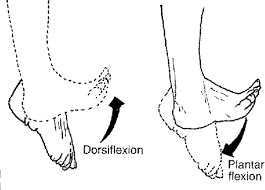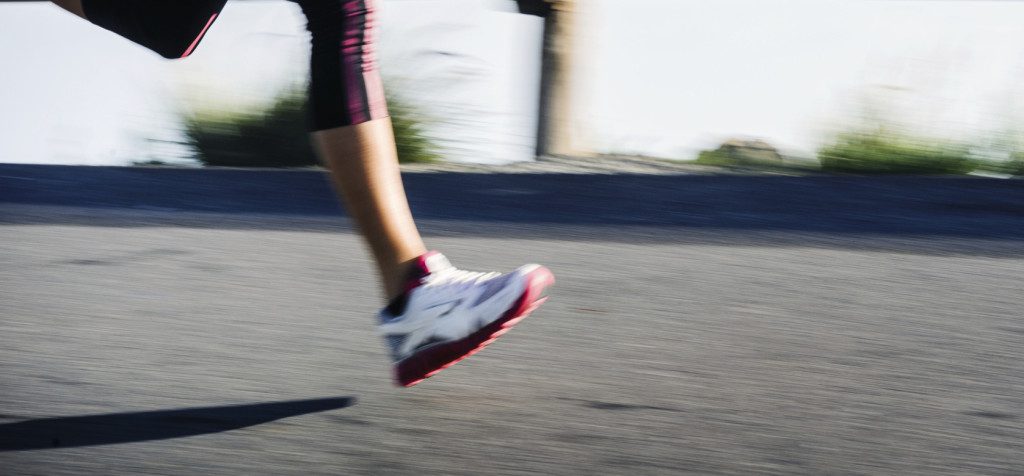Running gait characteristics that are associated with injury
If you're dealing with an injury, here are some gait characteristics that could be contributing

Runners often wonder if they should change how they run. This is a complicated question, but the most common answer is yes, if you’re dealing with a reccurring injury. A 2018 study from the American Journal of Sports Medicine suggests that there are specific running gait characteristics that are associated with common injuries.
RELATED: There’s no such thing as proper running form
Injured runners
The study looked at two different groups of runners, one group that identified as injured and another who identified as healthy. The injured group had four subgroups of runners with either pain in their patella, IT band issues, tibial stress syndrome (shin splints) or Achilles problems.

The injured runners had several things in common with regard to their running gaits. They had a rotated pelvis, forward lean in their upper bodies, extended knees and heavy heel strike when they first made contact with the ground. Surprisingly, for every one degree of pelvis rotation (lower back curved, hips farther back) runners were 80 per cent more likely to develop an injury. Researchers found CPD (contralateral pelvic drop) to be the most prominent predictor of injury.
Healthy runners
Healthy runners, by contrast, had their hips directly under them and their foot strike was more level, with their knees less extended on impact.

RELATED: Some asymmetry in running gait is normal, study suggests
However, if your running form isn’t causing injuries, don’t fix what isn’t broken. A 2018 study even suggested that some asymmetry if your running form is normal. The athletes tested were elite runners, and presumably their strides were fairly efficient. The study found that while a major or recurring injury could be an indication of a form issue, a slightly asymmetrical running gait that isn’t causing any problems likely is not. This is further supported by the idea that with prolonged running and training, the body will naturally adopt the most efficient form for that particular individual and that there is indeed no proper or perfect running form for all.


